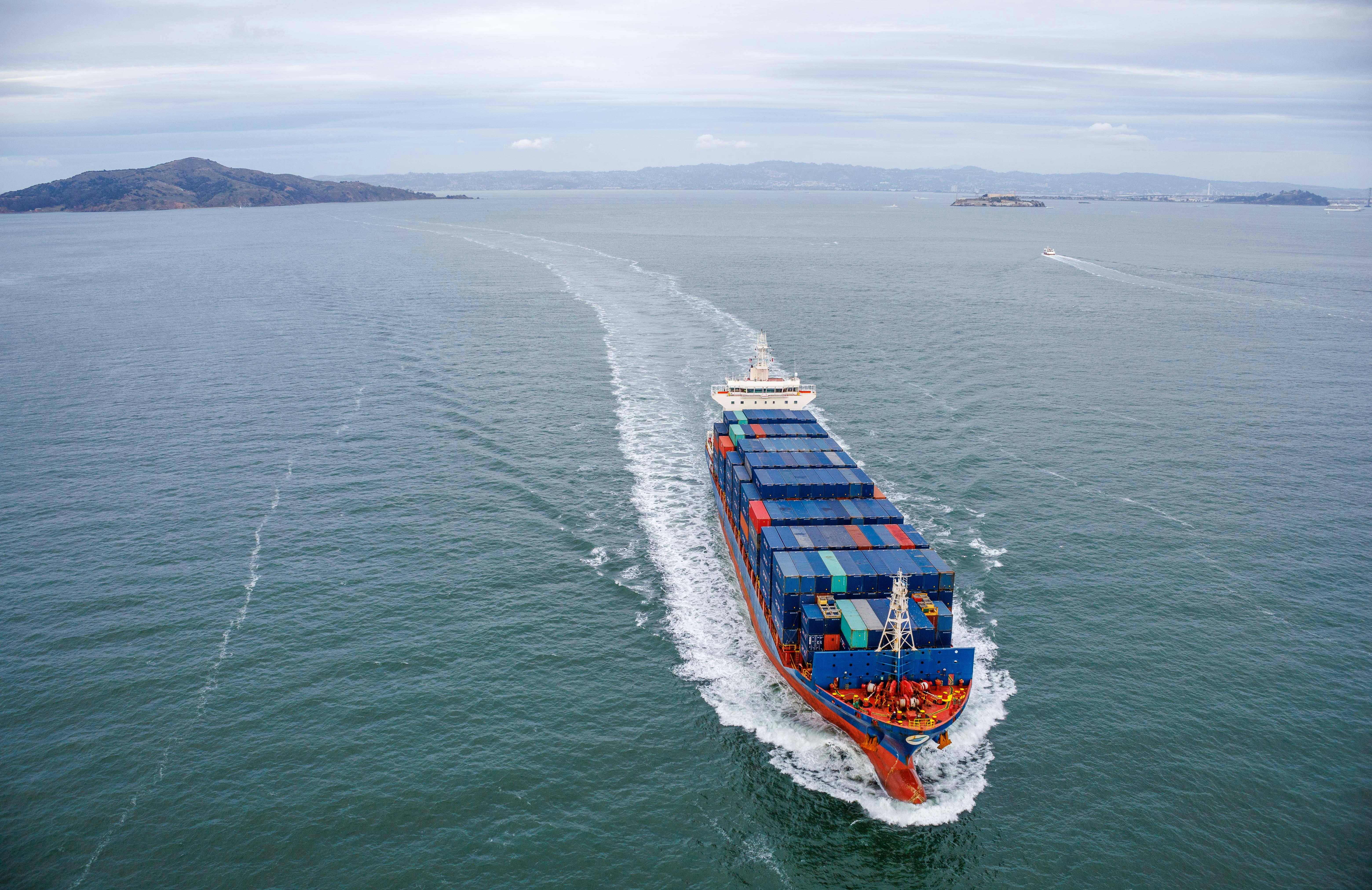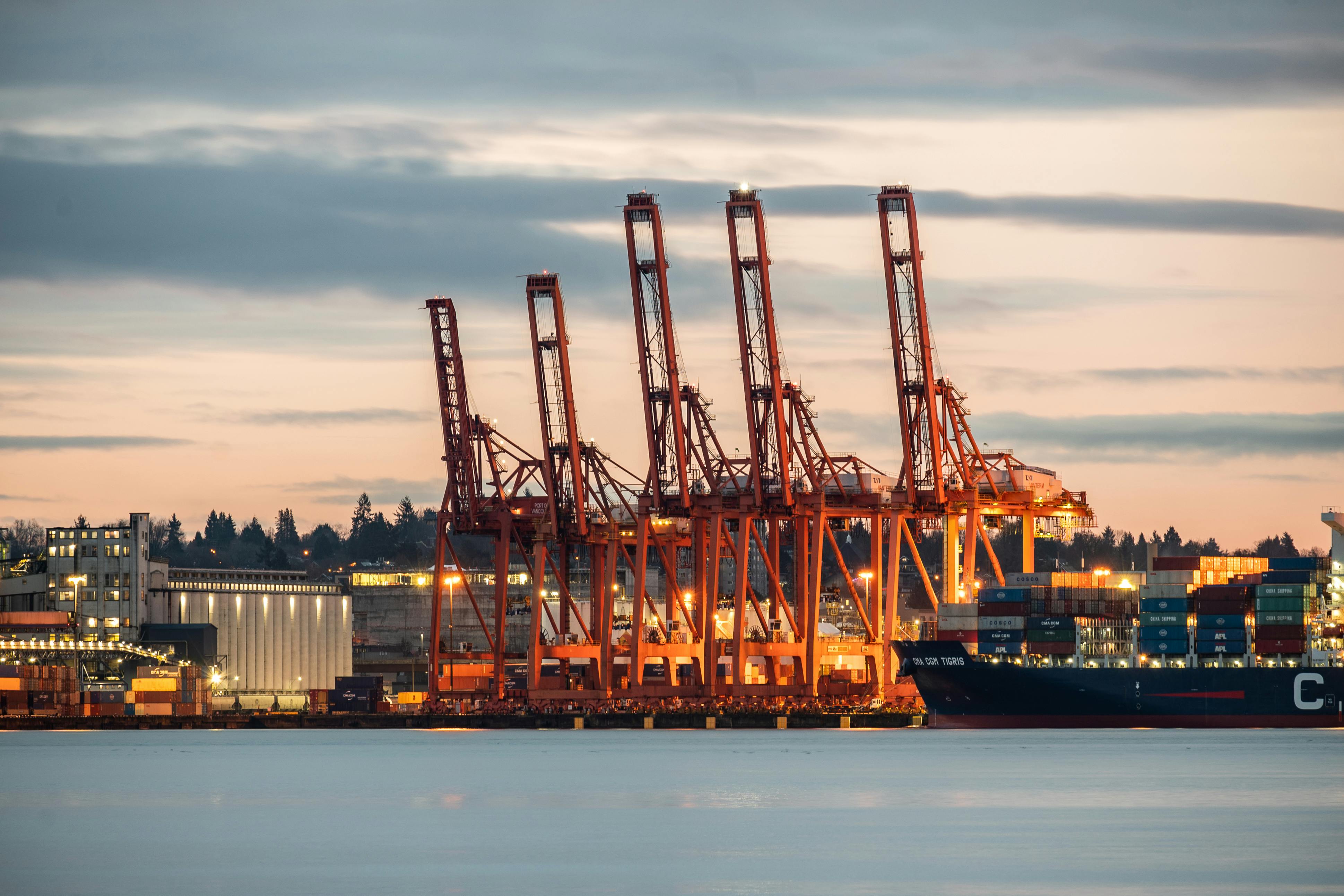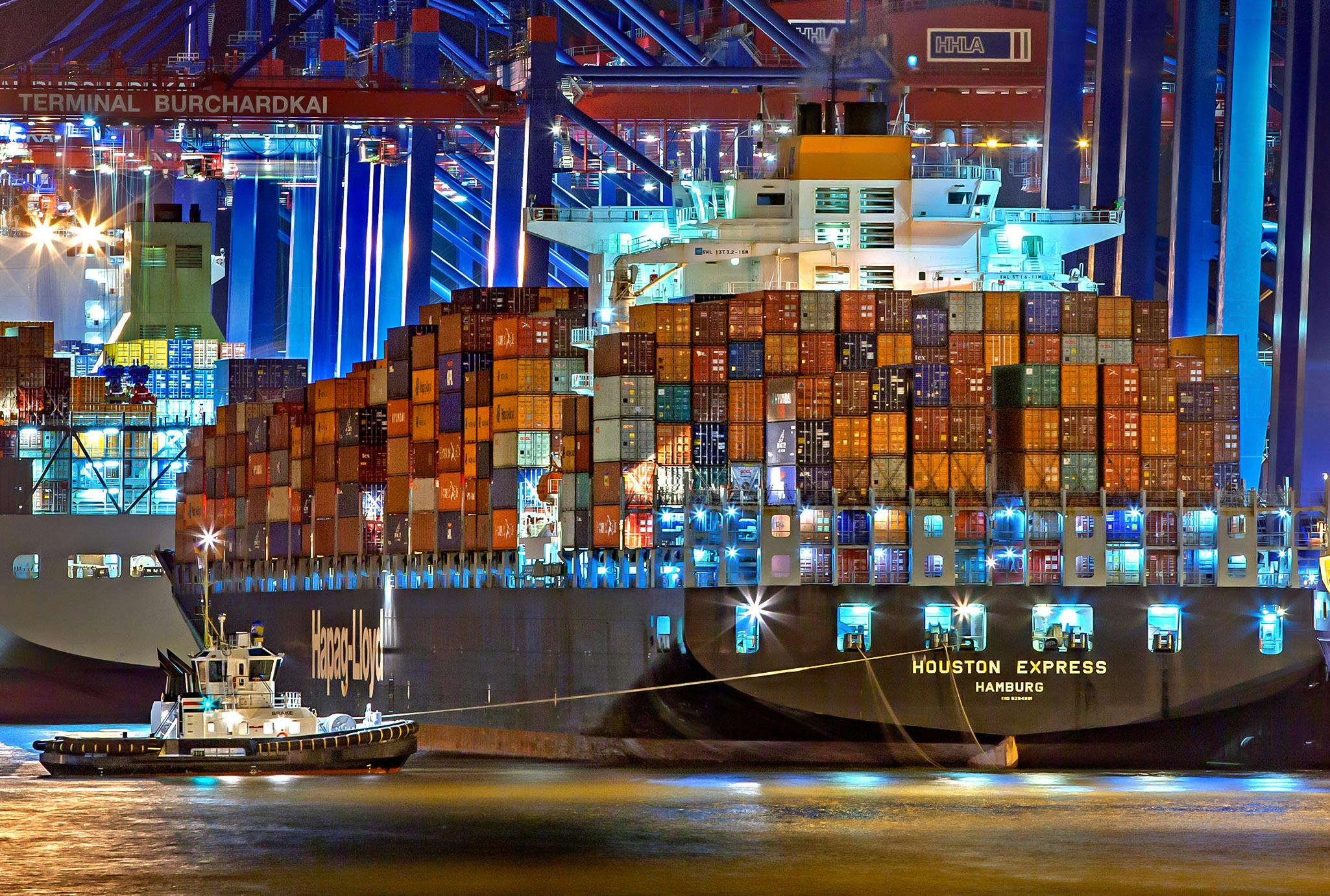Yeti's Shift Away from Chinese Manufacturing
How Yeti is Diversifying Its Supply Chain and Preparing for Future Growth

March 13, 2025
Yeti, the popular brand known for its high-quality drinkware, is making a big move in its manufacturing strategy. Over the next year, they plan to significantly reduce their reliance on China for producing their products. But why is Yeti making this shift, and what does it mean for the company and its customers? Let's dive into the details.
Yeti’s Plan to Reduce Dependence on China
In February 2025, Yeti announced that it plans to move 80% of its global drinkware production out of China by the end of the year. This is a major shift from its previous plan, which aimed to move 50% of production out of China by the end of 2025. The decision reflects Yeti's growing commitment to diversifying its supply chain, reducing reliance on a single country, and preparing for future growth.
Reasons for the Shift
There are a few key reasons driving this change. First, Yeti wants to spread its production across multiple countries to mitigate risks, such as political tensions and potential trade disruptions. By reducing dependence on one country, Yeti can better navigate challenges that might arise in global trade. Another important reason is to stay ahead of evolving market demands, ensuring that Yeti’s manufacturing is flexible and agile as it continues to expand.
Impact of Tariffs on Yeti’s Strategy
One significant factor influencing Yeti’s move is the new 10% tariff on Chinese goods, which took effect in February 2025. While the company projects the tariff will cost less than $10 million this year, Yeti doesn’t want to be too reliant on a single country to mitigate this financial burden. Moving a larger portion of its production away from China will help lessen the impact of such tariffs in the future, enabling Yeti to continue offering its products at competitive prices without compromising quality.
Current and Future Manufacturing Locations
Yeti is already well on its way to diversifying its manufacturing network. The company has reduced its drinkware production facilities in China from eight to just three. In 2024 alone, it moved 20% of its global drinkware capacity out of China. In addition to its existing Chinese facilities, Yeti now relies on manufacturing networks in countries like Mexico, Thailand, Vietnam, Malaysia, the Philippines, Taiwan, and Poland. This spread of production locations allows Yeti to maintain flexibility while responding to changing market conditions.
Financial Implications of the Transition
Of course, such a large-scale transition comes with costs. Yeti has estimated capital expenditures of $60–$70 million for 2025, which will be invested in supply chain improvements, new product innovation, and technology upgrades. Although this is a significant investment, it reflects the company's focus on long-term growth and the future potential of its product lineup.
Expected Growth and Innovation Roadmap
Despite the upfront costs and challenges of shifting its supply chain, Yeti is optimistic about the future. The company expects to see significant growth in the latter half of 2025. In fact, Yeti is already working on an exciting innovation roadmap that it believes will propel the brand forward. Yeti is confident that its ongoing supply chain diversification, paired with new product innovations, will continue to drive demand both in the U.S. and internationally.
Conclusion
Yeti’s decision to shift 80% of its production out of China represents a bold move toward securing its long-term success. By diversifying its manufacturing locations and adapting to market shifts, Yeti is positioning itself for continued growth and innovation. While there are costs involved in making this transition, the company’s commitment to staying ahead of market changes, like tariffs and political uncertainties, shows that it’s focused on both current and future success. As Yeti continues to expand and innovate, we can expect exciting things from this iconic brand in the years to come.








